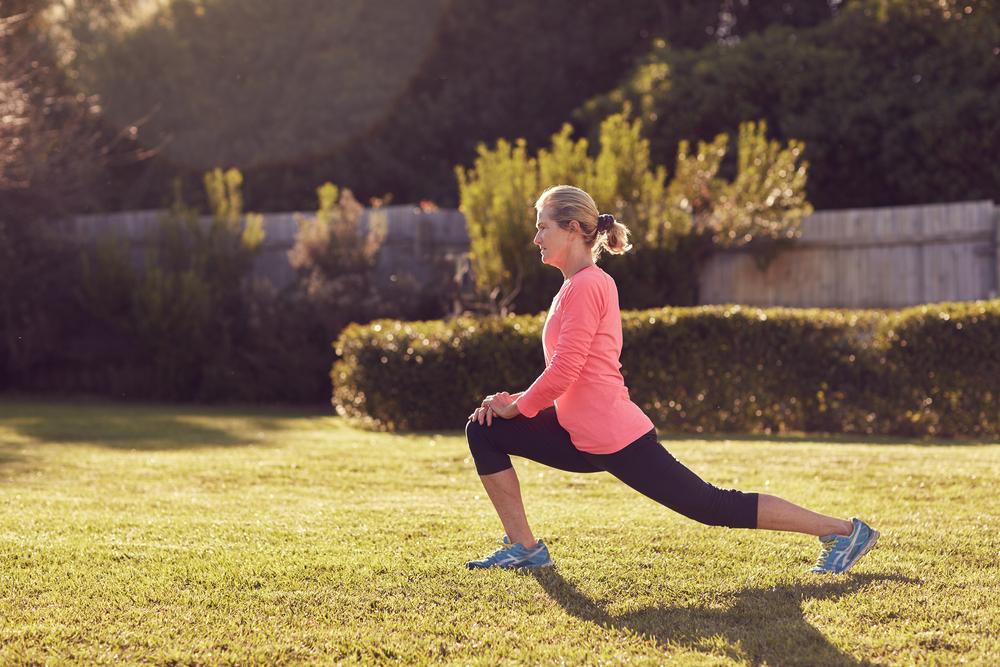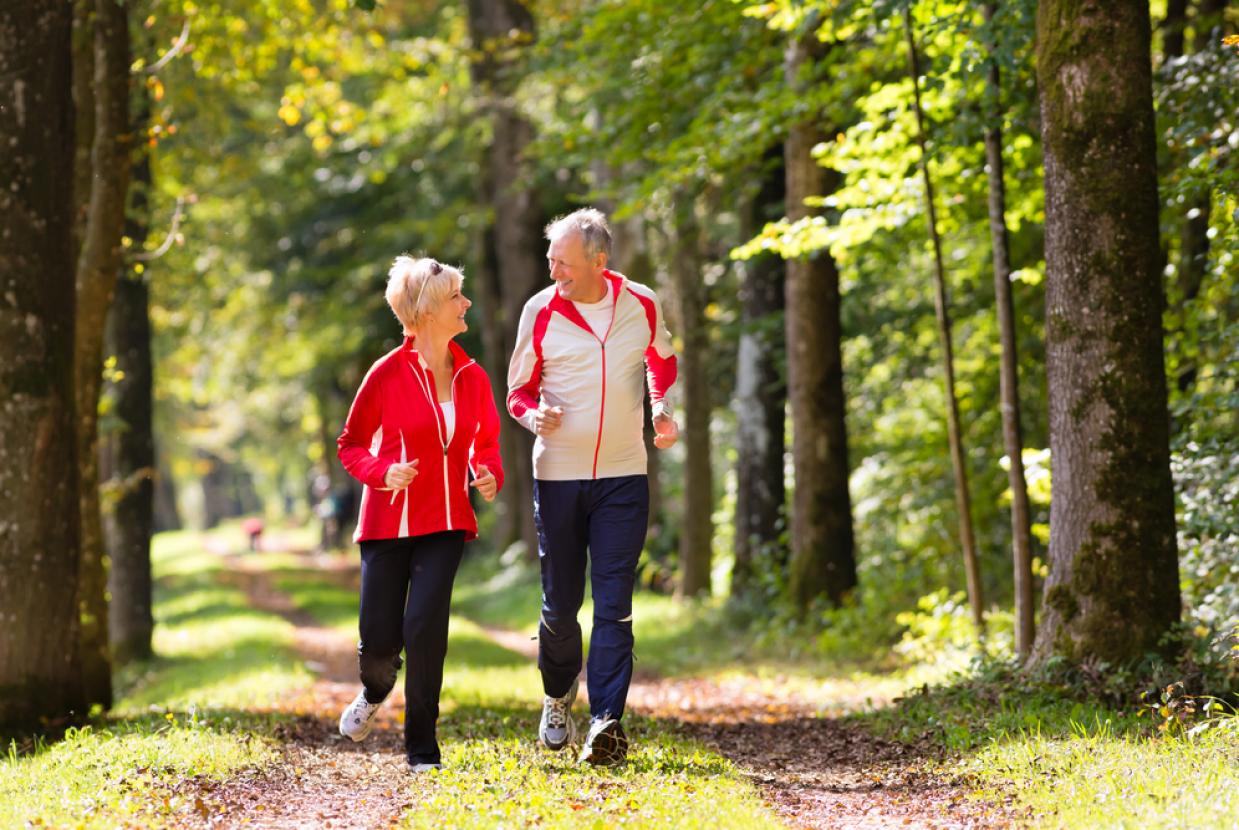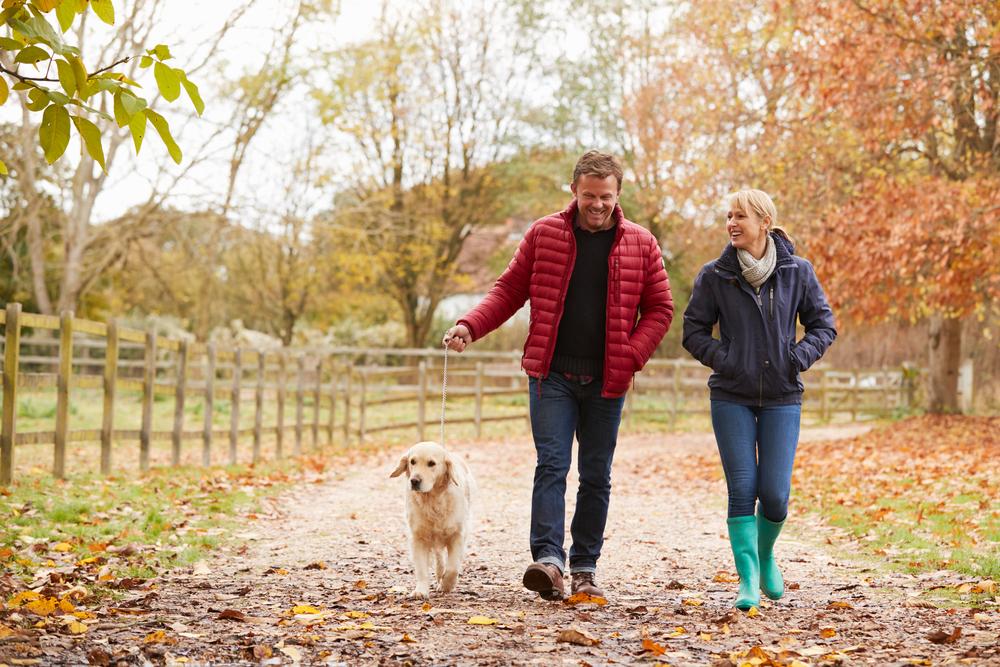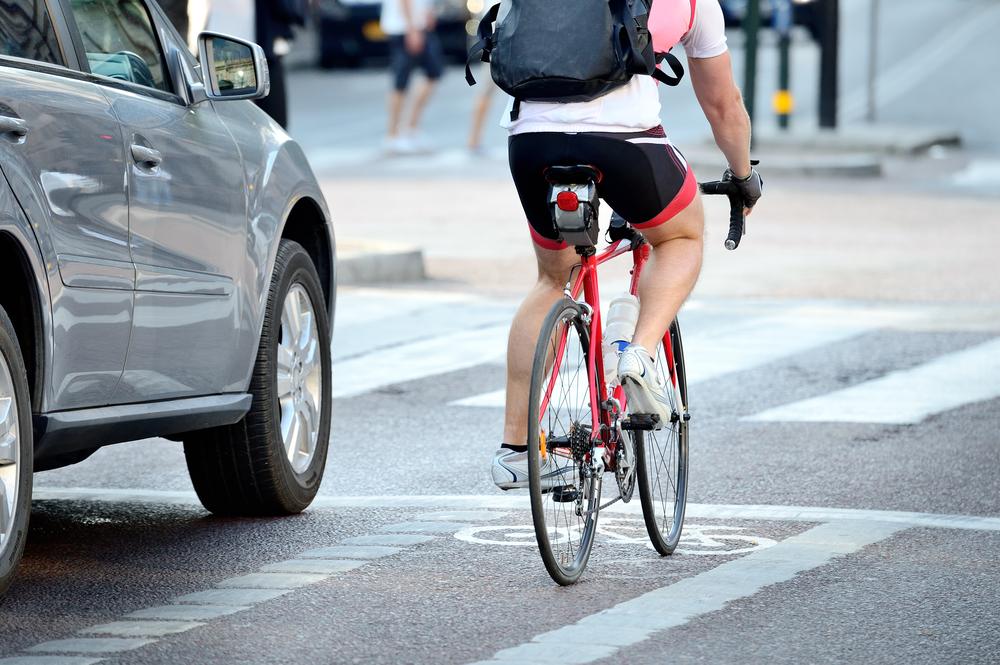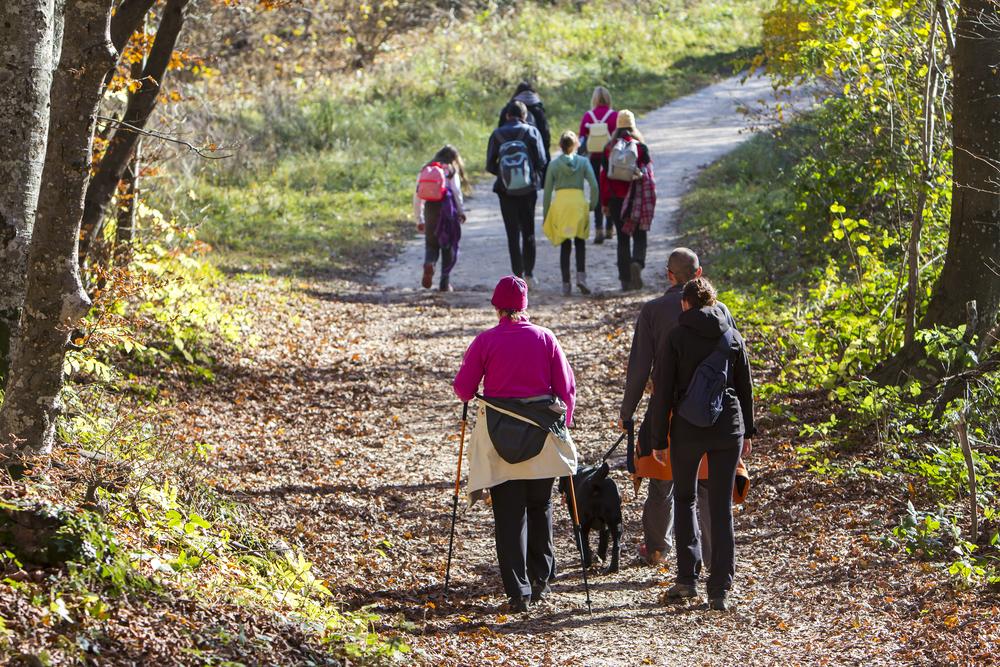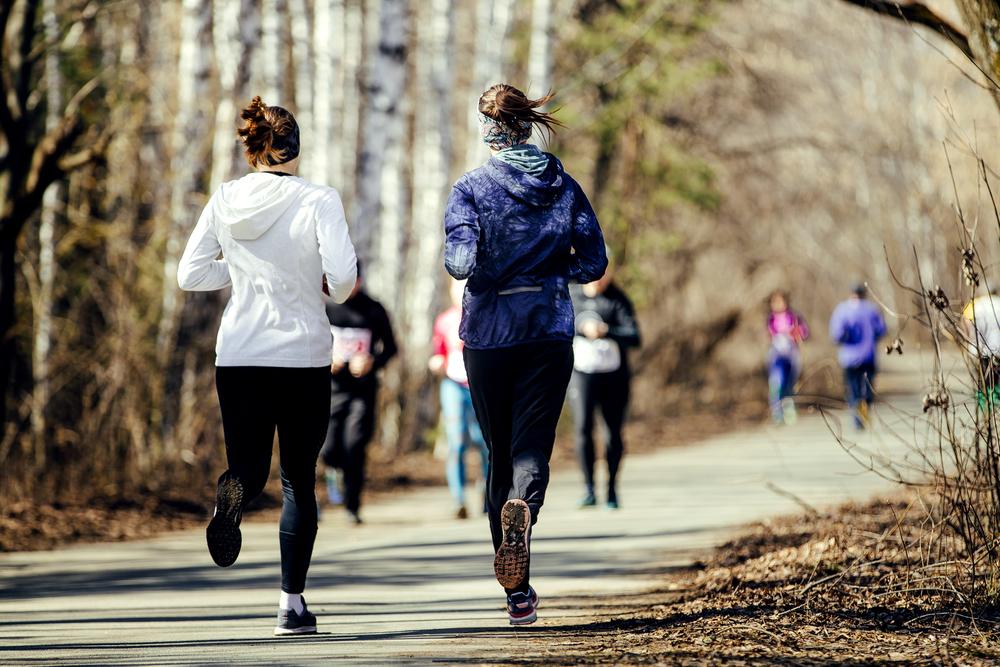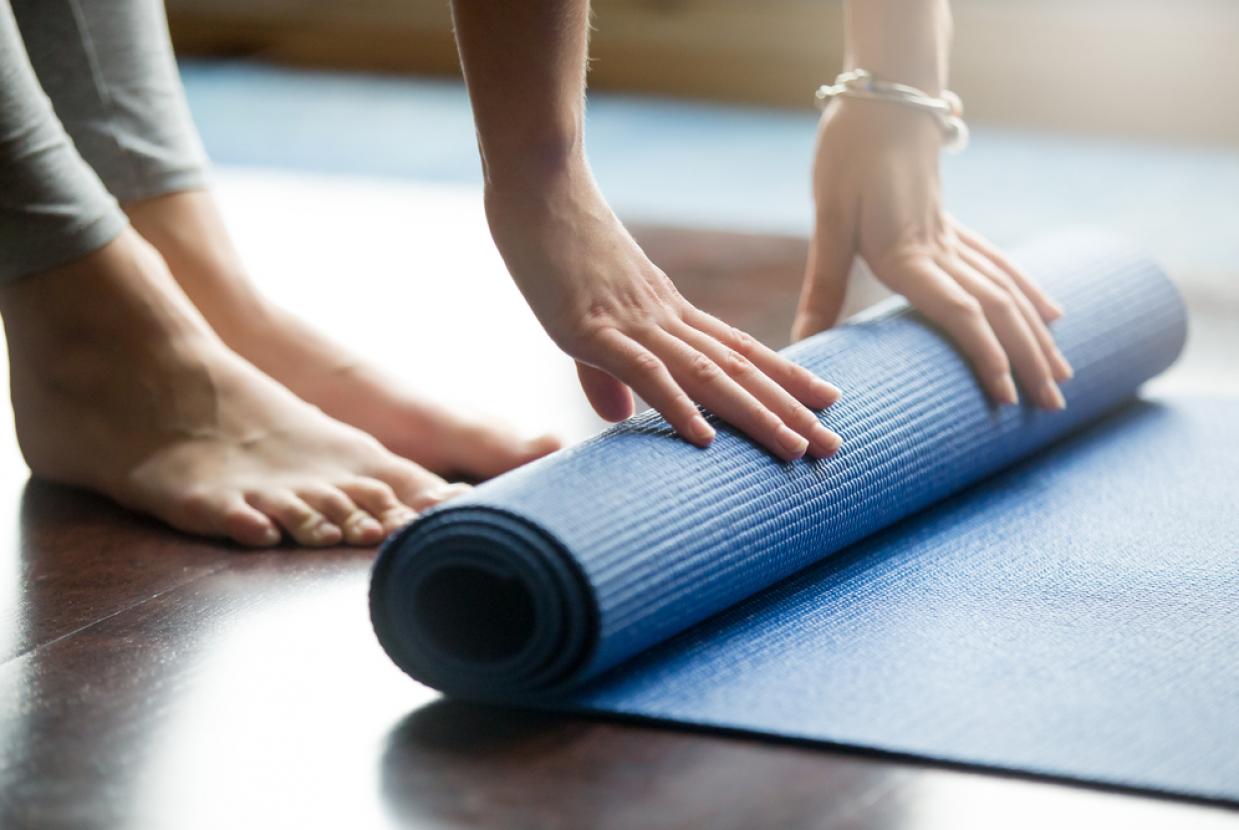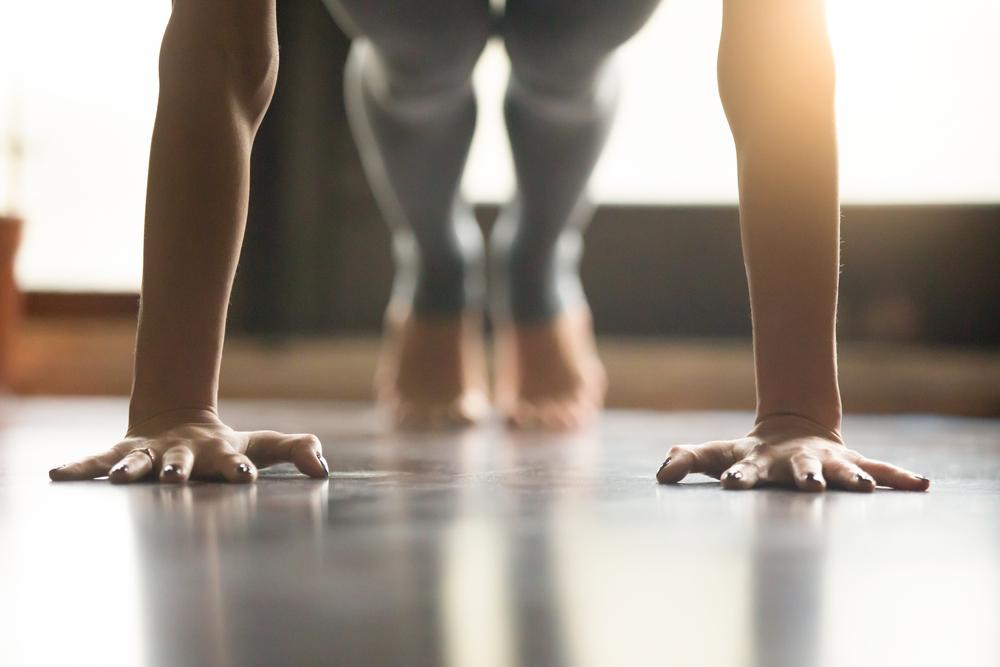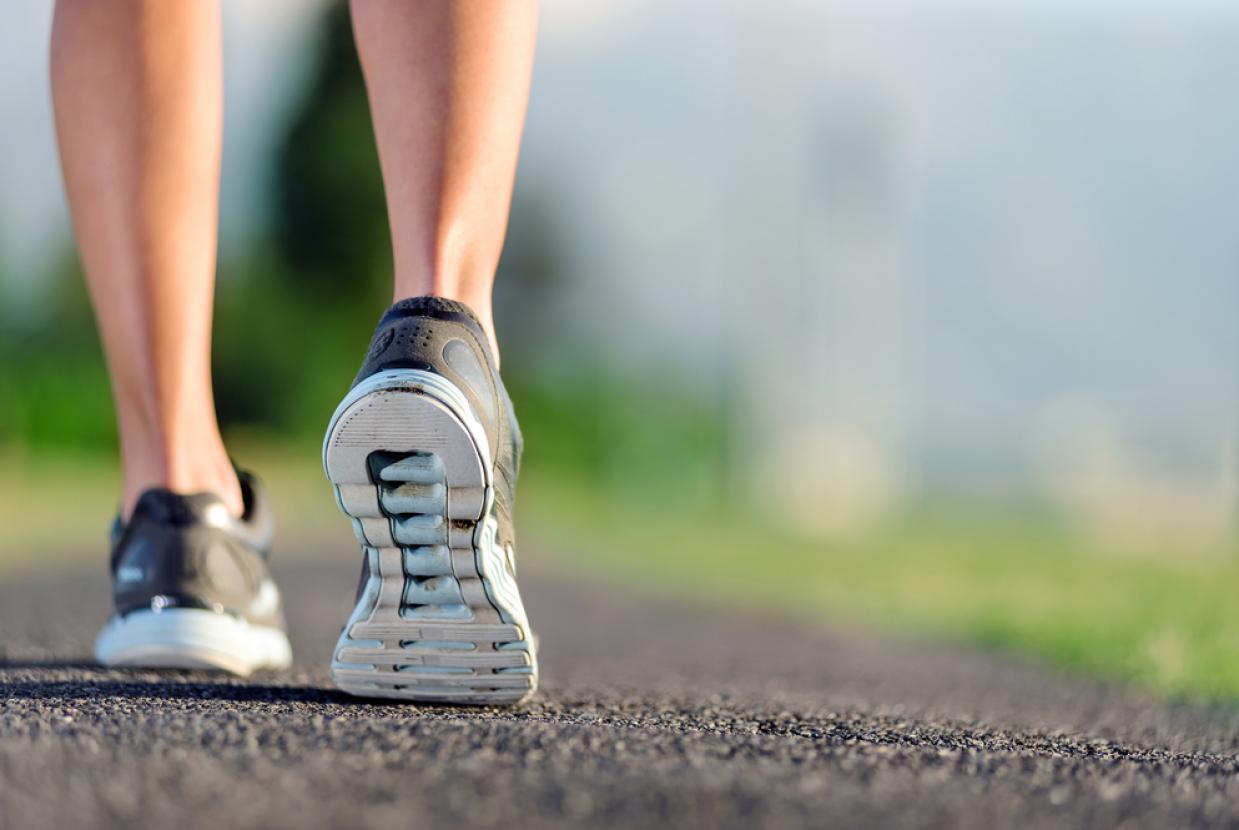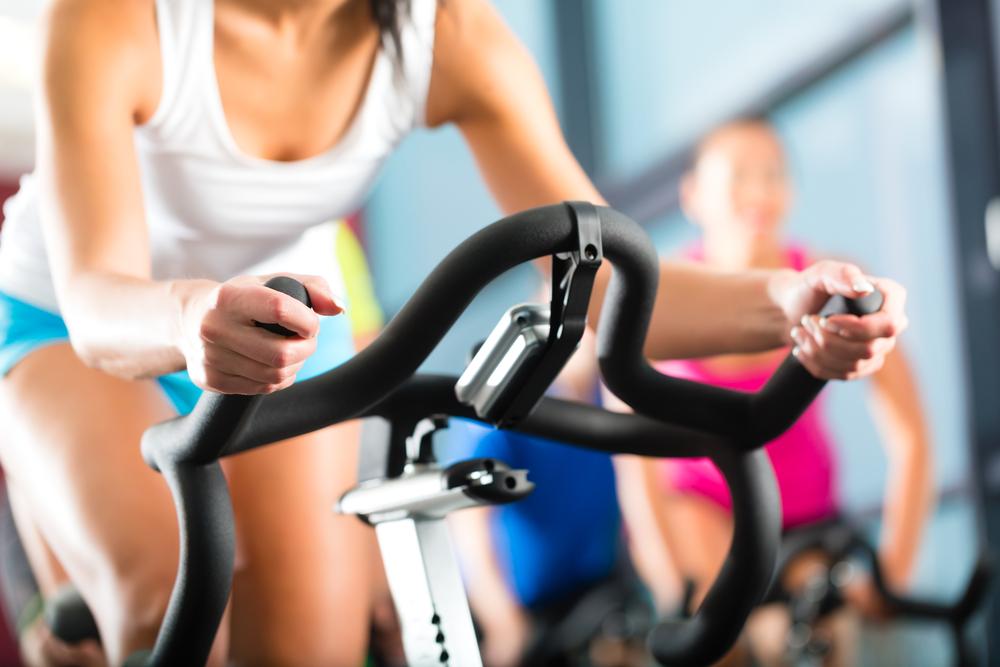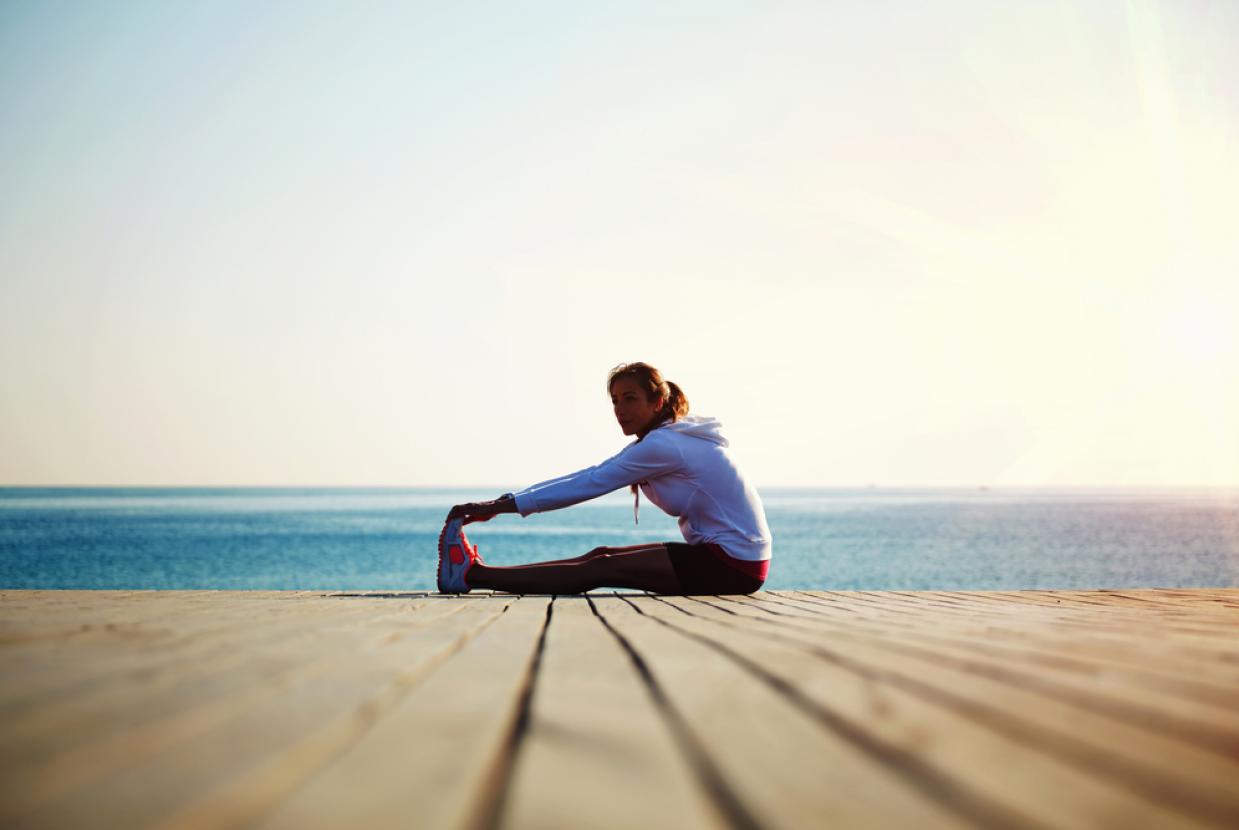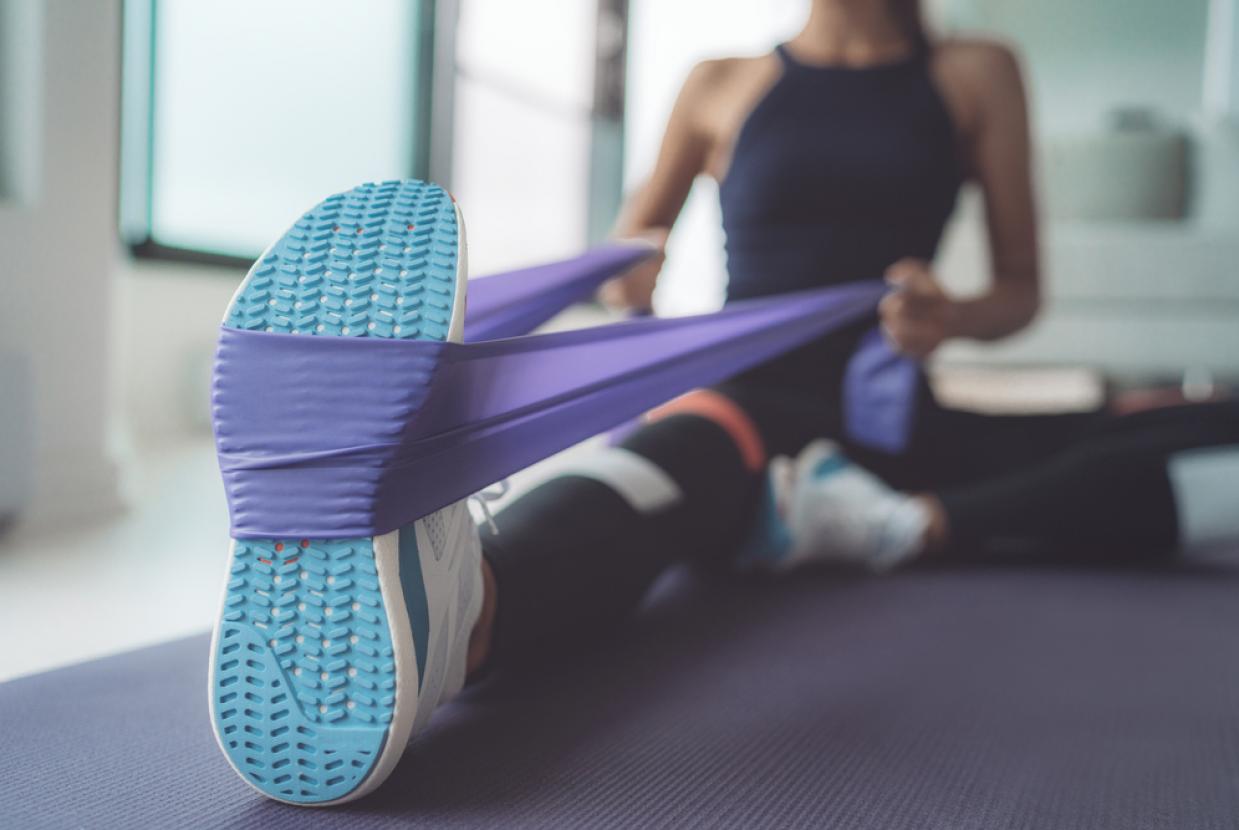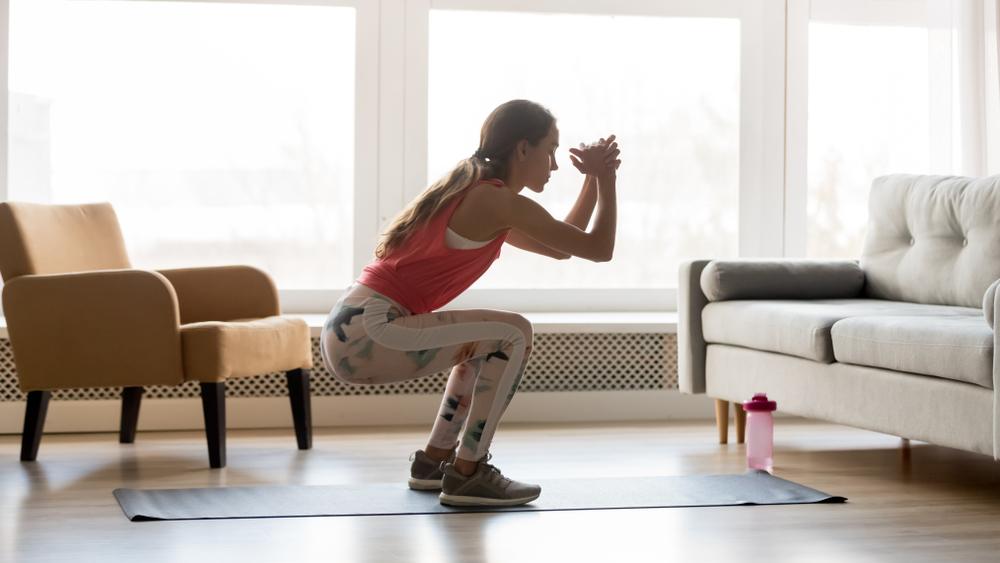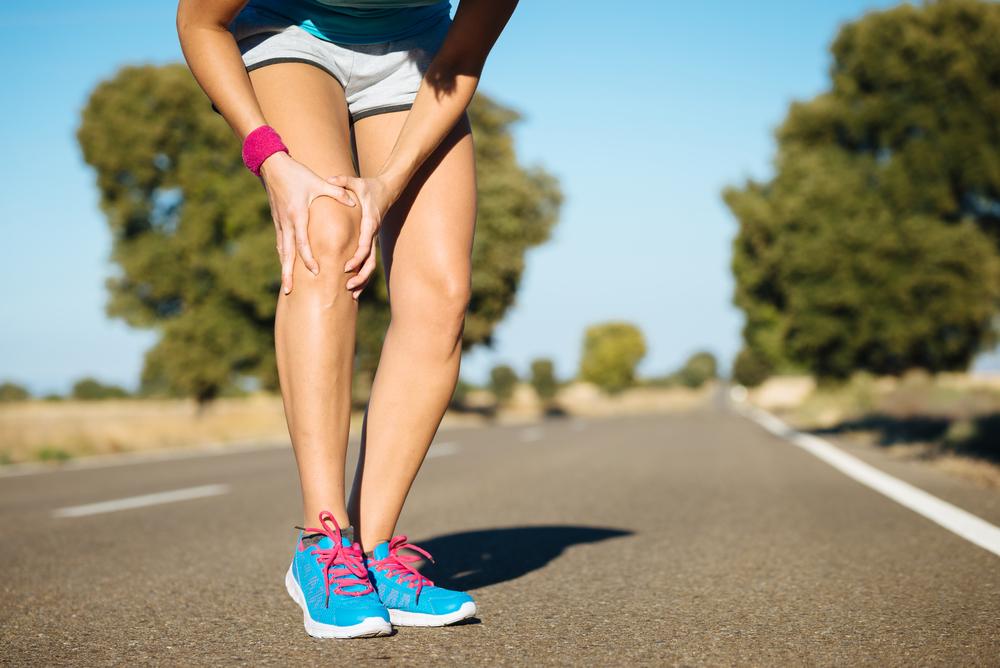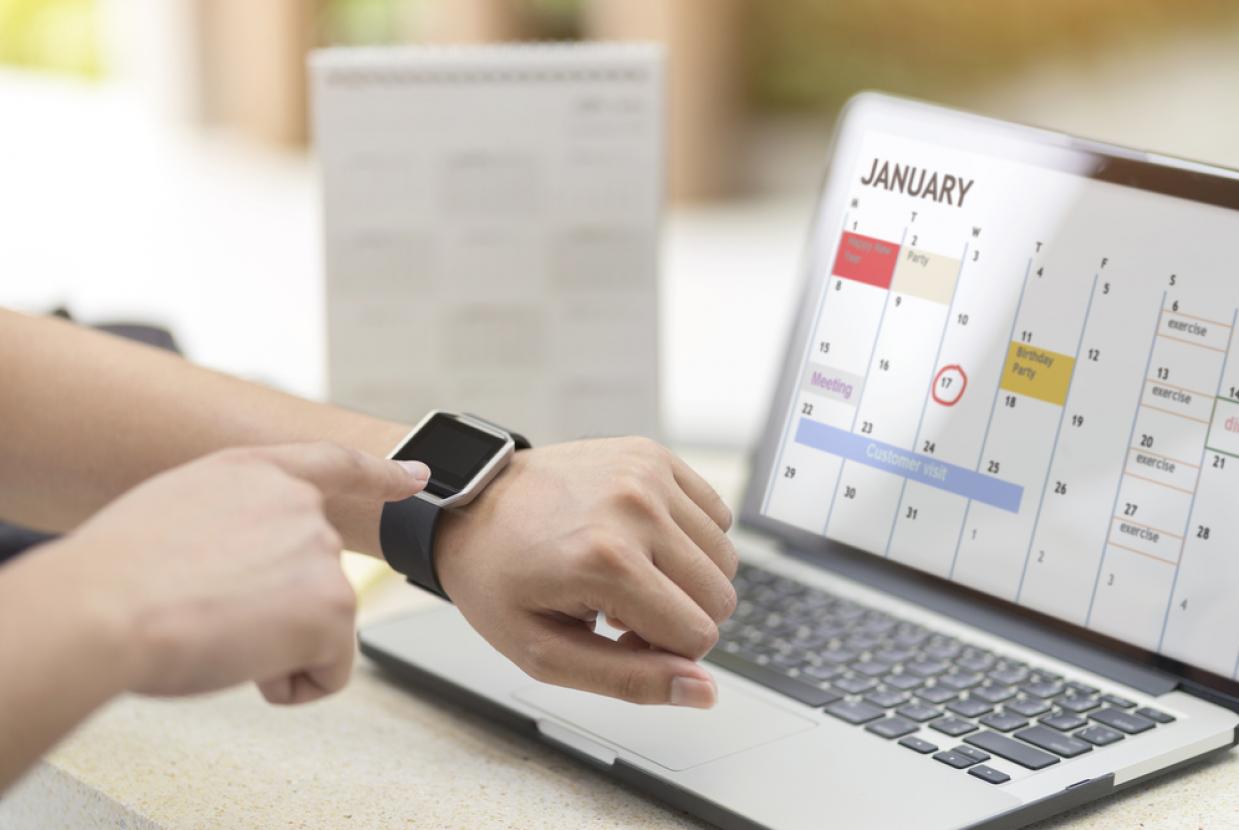Get The Walking Bug
Get FitAny amount of physical activity is better than doing none at all. And if you are already physically active, increasing the amount you do can also benefit your health.
Being physically active can help to:
- improve your physical health;
- boost your mental health;
- maintain a healthy weight;
- manage stress.
Physical activity has also been shown to reduce the risk of chronic illnesses, such as:
- heart disease;
- some cancers;
- type 2 diabetes.
One great way to get active is by walking. It is one of the easiest ways to introduce more activity into your daily life – not to mention one of the cheapest. You can get a lot of health benefits by walking, eg helping to maintain a healthy weight and manage stress.
But for walking to have a beneficial effect on your health, you need to do it briskly and, ideally, often.
By fitting walking into your daily routine, you can increase your daily step count. Setting yourself a target of walking more steps a day can be a great way of increasing the amount of physical activity you do.
Walking briskly is classed as a moderate intensity activity. It counts towards your recommended 150 minutes of weekly exercise.
What is a brisk walk?
A brisk walk is when you are walking at a pace where you are still able to speak, but unable to sing! At that pace, your heart will be beating faster, providing many physical benefits. So we’re not just talking about a stroll across the car park or a saunter round the shops.
Take the next step
The average person walks about 3,000–4,000 steps a day. It sounds a lot, but if you aim to gradually increase that to 10,000 steps a day, you’ll start to feel big health benefits.
You can count how many steps you take using a pedometer or other wearable fitness tracker. A pedometer is a small device that detects hip movement. You can buy one for a few pounds from a pharmacist, sports shop or outdoor shop. You can also buy them in some supermarkets.
You can also download a smartphone app, or your phone may already have one built in (many newer models have this), but you must remember to carry your phone with you all the time!
Many other activities also count towards your daily steps. You can manually input your step count to weight-mate using the following table as a guide to how many you have done.
Activity | Approximate steps/minute |
Aerobics (low impact) | 146 |
Aerobics (high impact) | 217 |
Badminton (competitive) | 141 |
Cycling (leisurely 10-11.mph) | 170 |
Cycling (moderate 12-13.9 mph) | 228 |
Bowling | 87 |
Circuit training | 242 |
Dance (slow) | 87 |
Dance (fast) | 154 |
Golf (without cart) | 133 |
Gymnastics | 160 |
Pilates | 113 |
Rowing (leisurely) | 93 |
Rowing (moderate/heavy) | 217 |
Running (8 minute mile) | 305 |
Running (12 minute mile) | 209 |
Scrubbing floors | 135 |
Soccer (casual) | 207 |
Soccer (competitive) | 293 |
Spinning | 240 |
Squash | 205 |
Swimming (leisurely) | 133 |
Swimming (moderate) | 174 |
Trampoline | 106 |
Vacuuming | 104 |
Washing / Wax car | 117 |
Yard Work (Rake Leaves) | 135 |
Yoga (moderate) | 86 |
Yoga (vigorous) | 160 |
Zumba | 152 |
Step challengeA step challenge can help people achieve their step target by working together as a group to support and motivate each other. Groups may be run by a local voluntary or community organisation, a workplace, or simply among friends and family.
For every walk of life
We all lead busy lives these days. Finding time to be active can be tough. But that’s the great thing about the walking bug. No expensive equipment, gear or track. All you need is a determination to get a brisk walk in at least once a day. From walking the dog or walking to the shops (instead of driving) to a weekend trip to discover some of the great natural walks Northern Ireland has to offer!











